More Than Meets The Eye
The 16-year-old kid cast a downward glance at the coin he was holding. He had a nagging suspicion that there was more to it than first appeared for some reason. He was an idiot if he was incorrect. But if he was correct, what he had discovered was of enormous value.
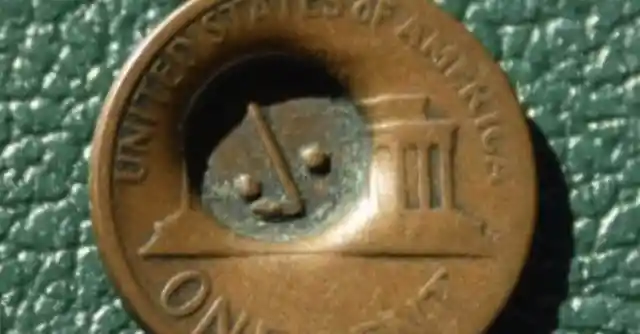
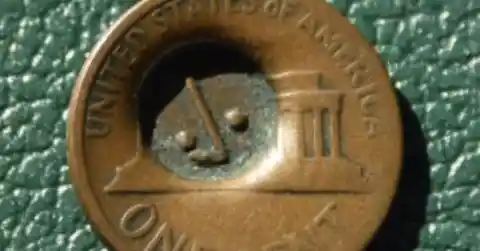
But Don Lutes Jr. had no idea at the time that it would take 70 years for them to accept his claims.
Discovery
Don Lutes Jr. was 16 years old and attending Pittsfield High School. One day, he was standing in line at the school cafeteria when he found an unusual-looking coin among the pennies in his lunch money. Trusting his gut-feeling, he decided to hold onto it.
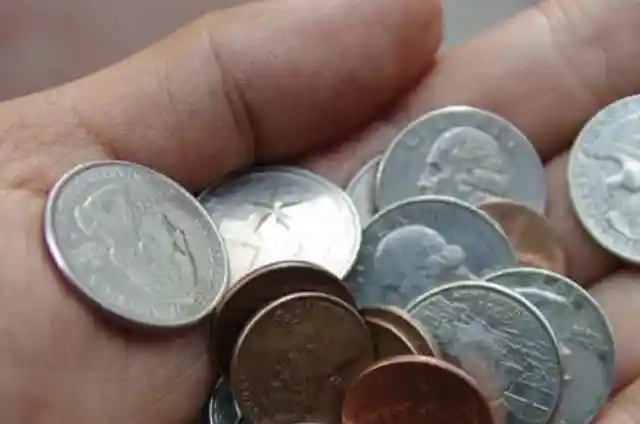
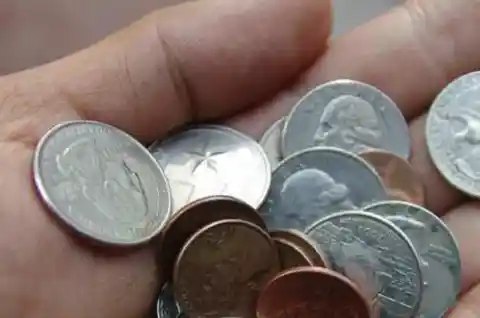
He excitedly showed the coin to his classmates, parents, and teachers… but, to his dismay, everyone dismissed Don’s find. But he would become accustomed to being dismissed.
Determined
Born on March 1, 1931, Don Lutes Jr. knew in his heart that he could achieve anything if he put his mind to it. After graduating with flying colors from Pittsfield High School in 1948, he went on to earn a degree in business admin from Babson College.
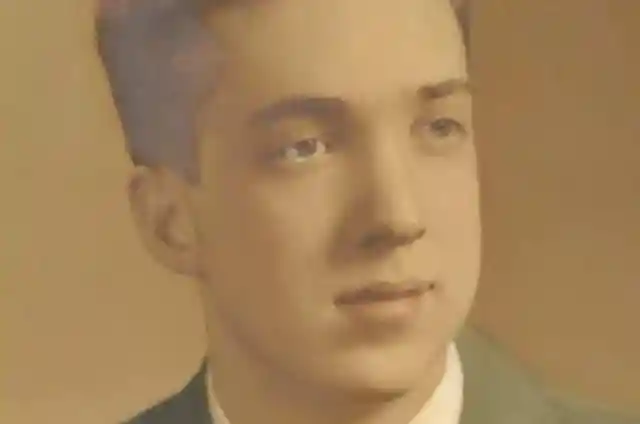
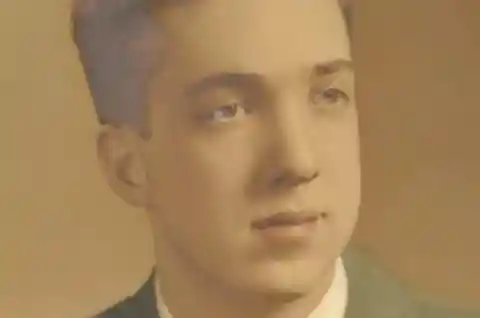
But Don never forgot where his passion truly lay.
Collector
Ever since he was a boy, Don’s favorite pastime was collecting rare and unusual coins. He was obsessed with them. He was fascinated with both foreign and American coins and his love for collecting them prompted him to join the Berkshire Coin Club — of which he was a prominent member for 60 years. His roles at the club included treasurer, historian, and president, and indeed his dedication to the club is one of the reasons it is still going strong today.
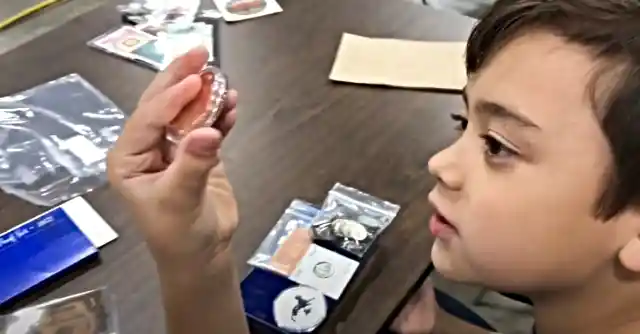
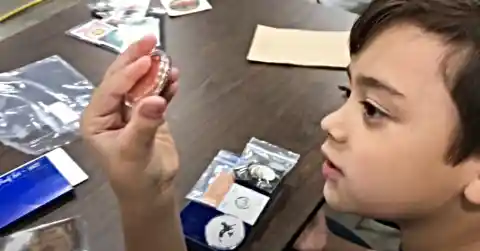
But his greatest find also happened to be his first…
Waiting In Line
There was no doubt in Don’s mind that the mysterious coin he had found in 1947 was his most historic find. Don was only 16 years old at the time — patiently waiting in line at the school cafeteria in Pittsfield High School.
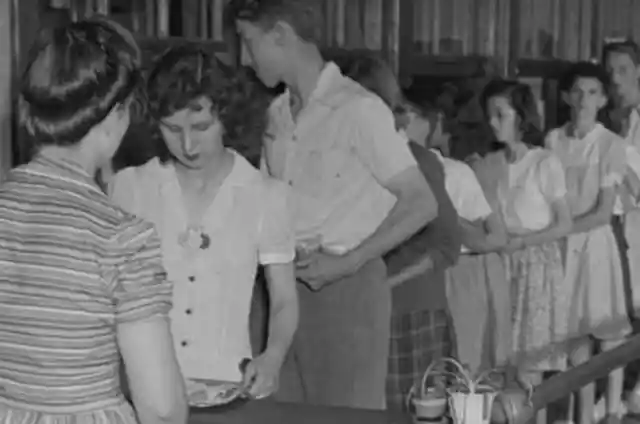
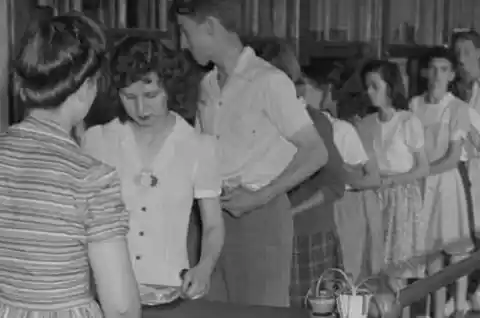
He had his lunch money in his hand and was ready to order his food when he noticed the odd-looking penny. But what was it about this particular coin that made it so special?
Ordinary On The Surface
The coin, to the untrained eye, looked just like every other coin that was in circulation at the time. One side depicted Abraham Lincoln, and the other side had the words “One Cent, United States Of America” etched into the metal. It didn’t look like anything special.
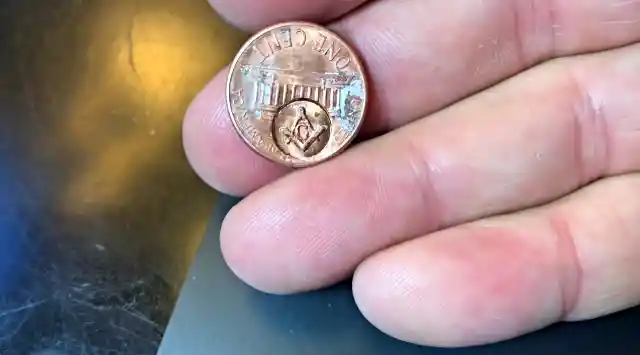
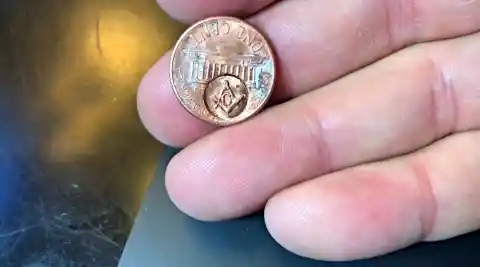
So, why had young Don gotten so excited about it?
Serving His Country
Although Don knew that the coin was special, it wasn’t long before his attention was needed elsewhere. The coin was almost forgotten when Don signed up for the United States Army. He was one of the many men who were forced to leave their friends and family behind to serve his country in the Korean War.
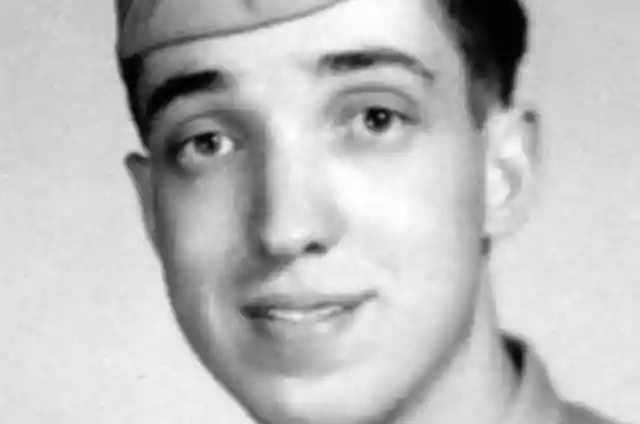
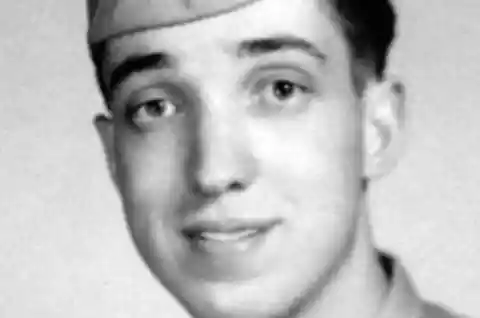
But, years later, experts needed to understand just where that mysterious coin had come from in order to unravel its secrets.
WWII
During the Second World War, militaries used copper strategically. Copper was reserved for telephone wires, shell casings, and many other essential items during the war. And, as a result, the Lincoln steel pennies that were minted in 1943 were coated in zinc.
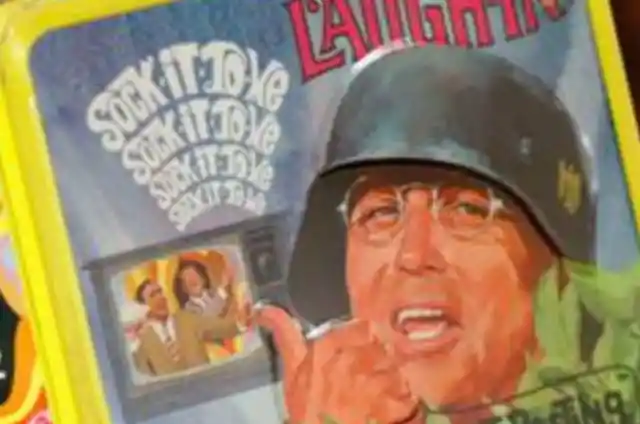
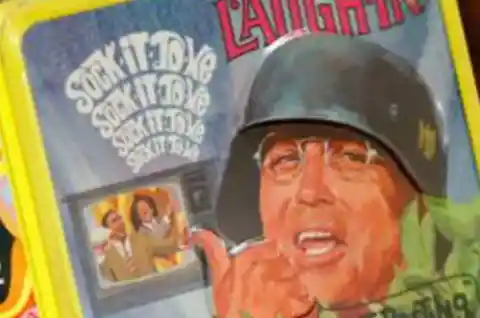
However, mints were still using a small amount of copper for certain coins. Then, the rumors began to fly…
Minting Errors
To a collector, errors in the minting process are just as valuable as flawless coins that are rare. Due to these “error” coins’ anomalies and flaws, they are a rare commodity. As soon as a coin with an error leaves the mint undetected and goes into circulation, its value increases.
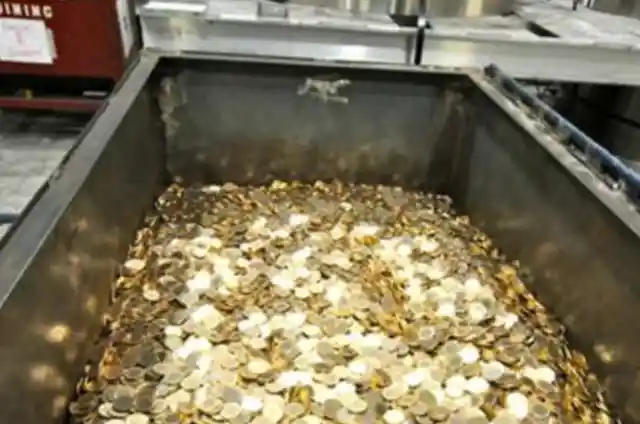
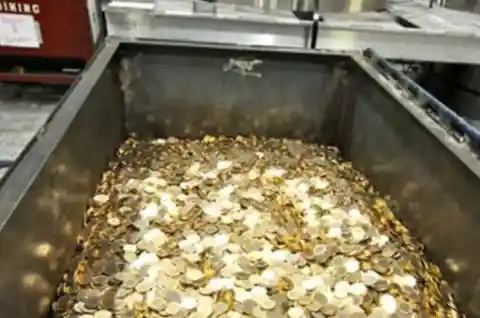
So, when an error coin remains in circulation for a long period of time, its value increases exponentially.
Legendary Coins
Soon, legends began to grow about the mythical copper pennies that had gone into circulation in error. “Stories appeared in newspapers, comic books, and magazines and a number of fake copper-plated steel cents were passed off as fabulous rarities to unsuspecting purchasers,” Heritage Auctions wrote.
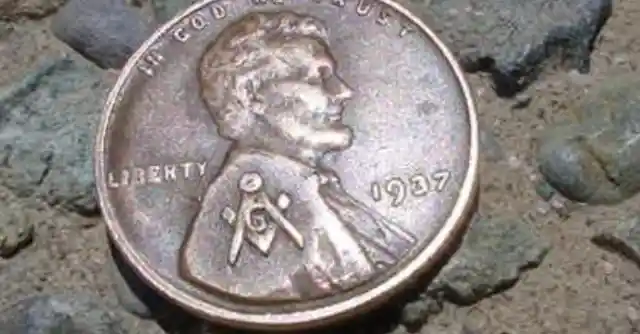
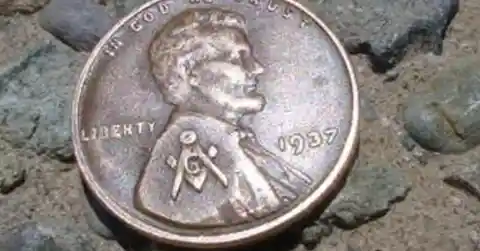
“Despite the mounting number of reported finds, the Mint steadfastly denied any copper specimens had been struck in 1943.” However, the rumors had gotten the attention of Don Lutes Jr.
Keeping It Safe
Decades after Don had found the coin, he still hung onto it tightly. Even though there were many opportunities for him to let it go, he remained firm in his belief. Many coin collectors made him offers for the coin, but he refused.
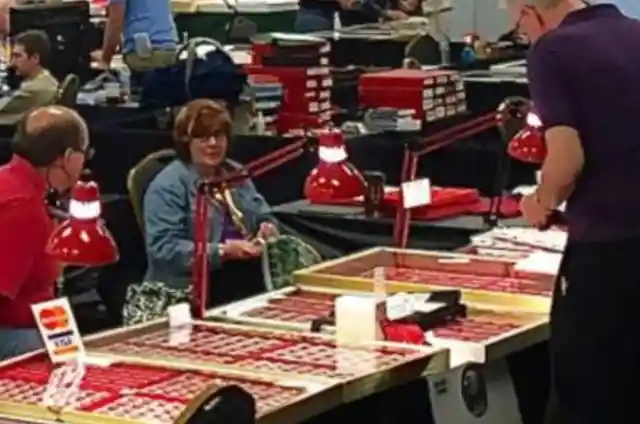
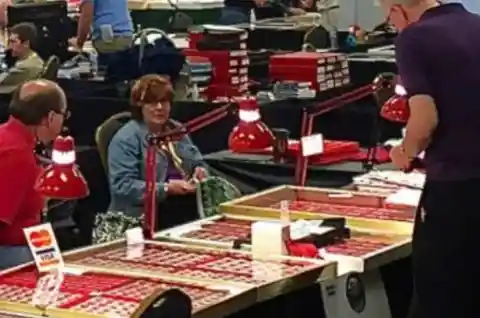
At one point, Don even contacted the U.S. Treasury to evaluate the Lincoln penny — but they gave him some bad news.
Labeled A Fraud
The U.S. Treasury refused to believe that Don had found a rare copper penny and dismissed it as a fraud. They held onto their familiar refrain: “All pennies struck in 1943 were zinc-coated steel.”
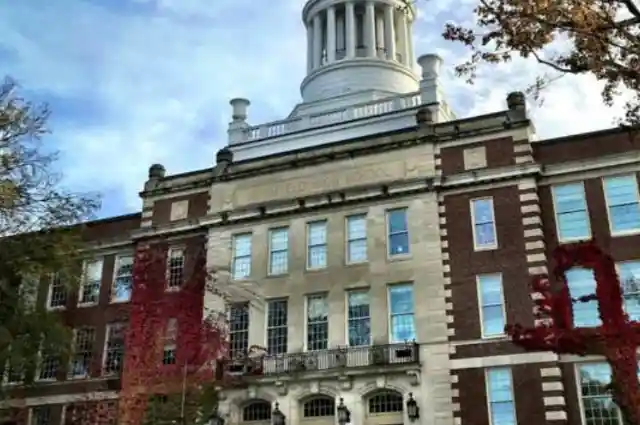
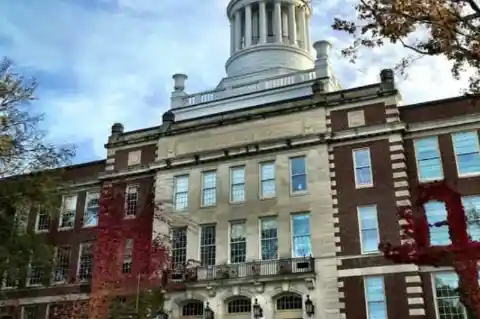
And so, the penny remained in Don’s collection. Until, one day, he was finally vindicated.
The Truth Comes Out
Despite the U.S. Treasury declaring Don’s coin a fraud, it would eventually come to pass that the Lincoln penny was confirmed as a true “Holy Grail of mint errors.” Researchers made a breakthrough discovery when they realized that copper planchets had gotten stuck in tote bin doors.
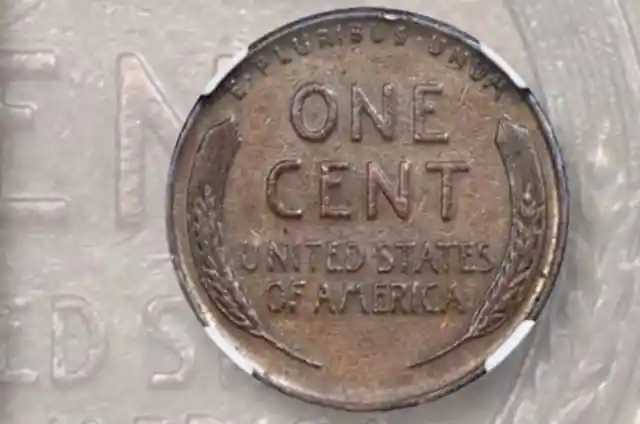
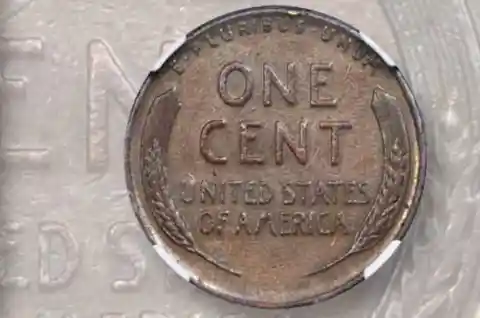
These tote bins were used to feed coins that didn’t make the final press back into the machine…
Slipped Through
These coins from the early 1940s had slipped through the net and “became dislodged and were fed into the coin press, along with the wartime steel blanks,” according to Heritage Auctions.
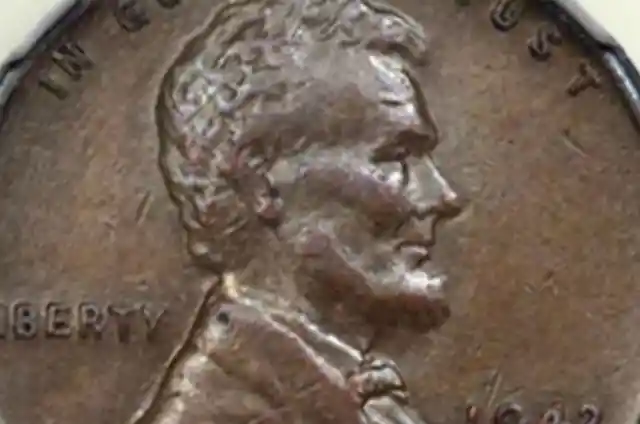
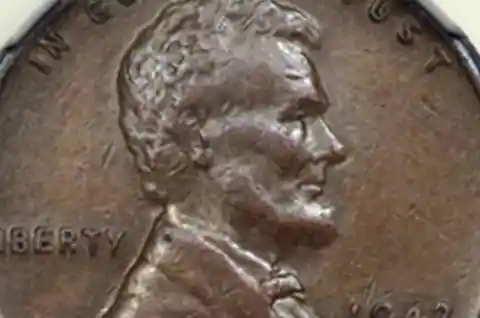
And collectors have dedicated their entire lives to finding these elusive “error coins.”
Searching For A Lifetime
“Despite relentless searching by eager collectors over a period of more than 70 years, only a handful of legitimate specimens have ever been discovered,” Heritage Auctions wrote.
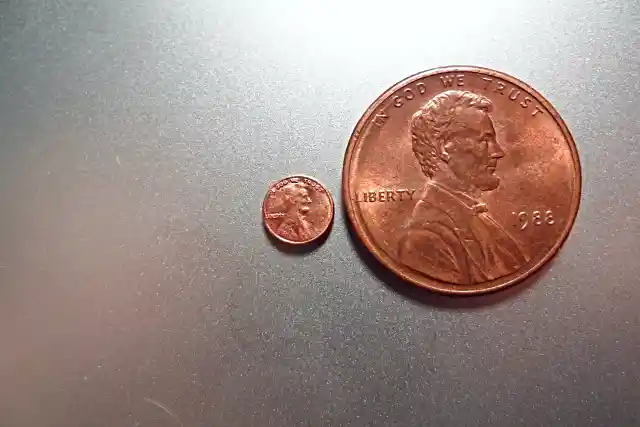
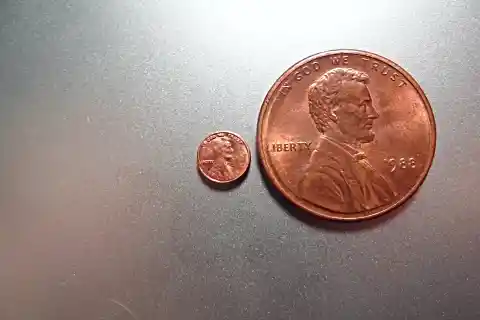
“PCGS CoinFacts estimates the surviving population at no more than 10-15 examples in all grades. We have compiled a roster of all specimens certified by the two leading grading services below, including an unknown number of resubmissions and crossovers.” So, how much was Don’s coin worth?
Unfinished Business
When Don Lutes Jr. was admitted to the Fairview Rehabilitation Center in Great Barrington, MA, he knew it was finally time to finally let go of his prized coin collection. His health had been deteriorating and his wife had passed many years before. He had no relatives to pass his beloved coins onto.
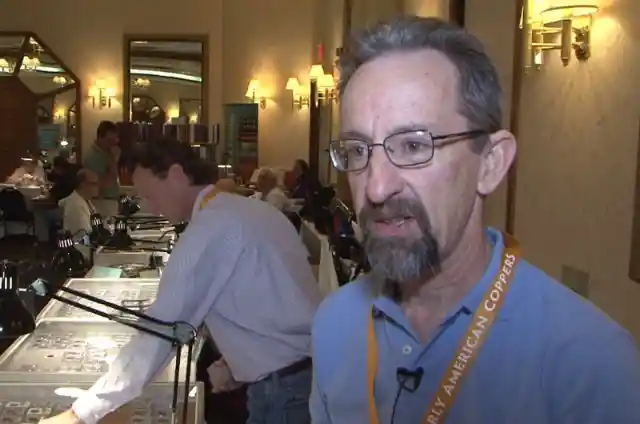
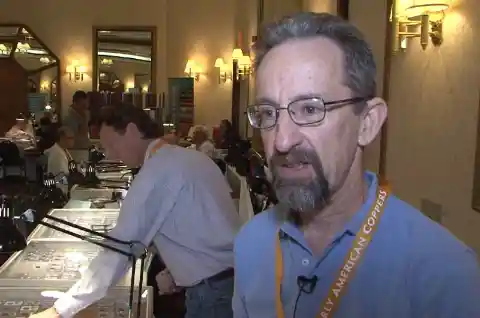
But Don still had unfinished business with the Lincoln coin…
A Legend
Sadly, Don passed away on September 3, 2018. But not before receiving some news about his prized penny. A major grading company had evaluated his 1943 Lincoln coin and had found it to be a genuine “error coin.” They provided him with official documentation, and due to his determination, listed it as the “Don Lutes Discovery Coin.”
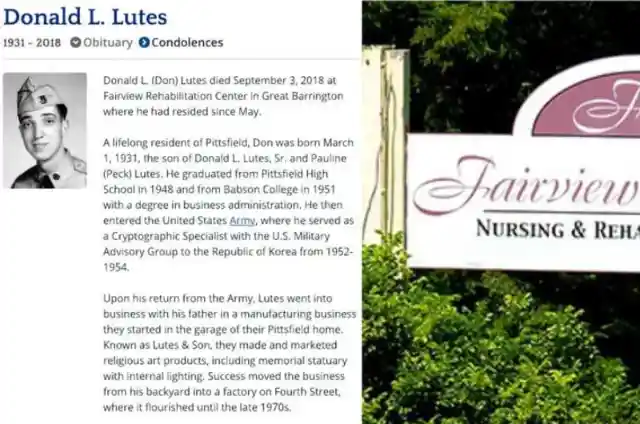
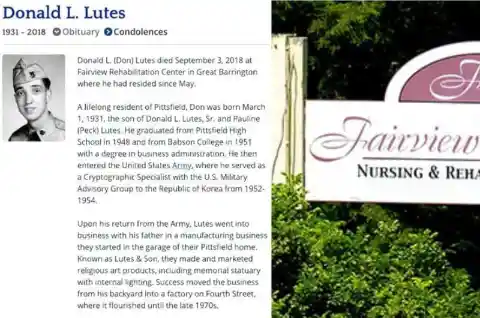
And, in recognition of his achievement, Don Lutes Jr.’s name became a legend in the coin collecting world.
More Copper Coins
Over time, more of the legendary copper coins were found scattered across the United States. 10-15 of the mysterious error coins were found in a mint in Philadelphia, 6 were found in a mint in San Francisco, and one was found in a mint in Denver.
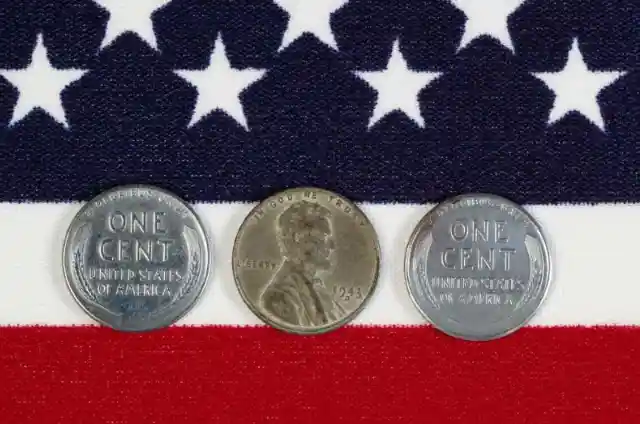
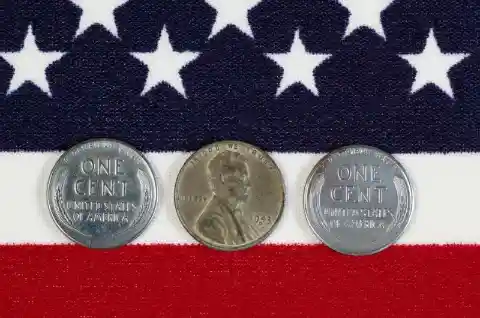
So, what happened to the one Don had found all those years ago?
A Dear Friend
It turns out that Don’s good friend, Peter Karpenski, had traveled from Massachusetts to visit him at Fairview Rehabilitation Center. But Peter wasn’t expecting to become the consignor of the rare 1943 Lincoln penny that day.
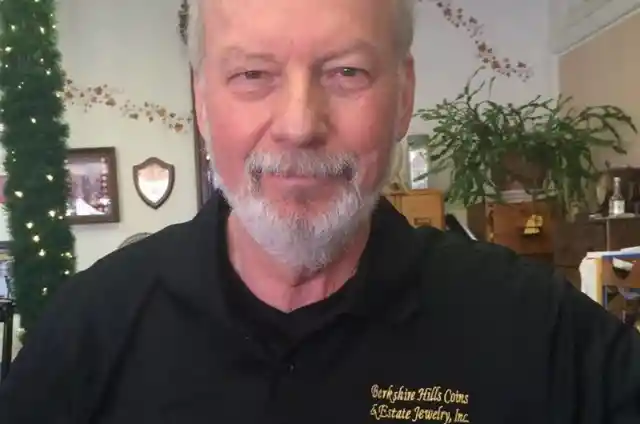
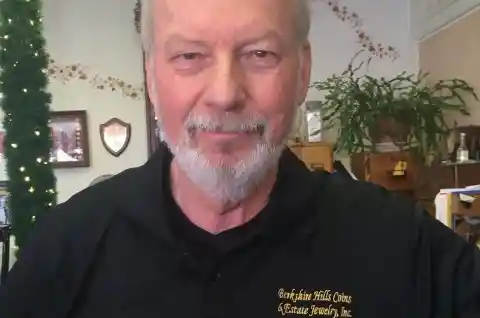
Peter said: “When he was in the nursing home, I asked him… would you like some notoriety?’ And he said, ‘Sure.’ And so here we are.”
Henry Ford
In Don’s lifetime, many rumors captured his imagination. But there was one particular rumor that prompted Don to hang onto that penny that he had found so many years ago.
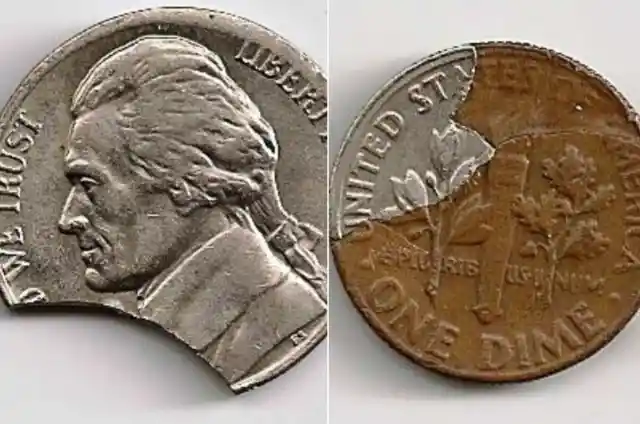
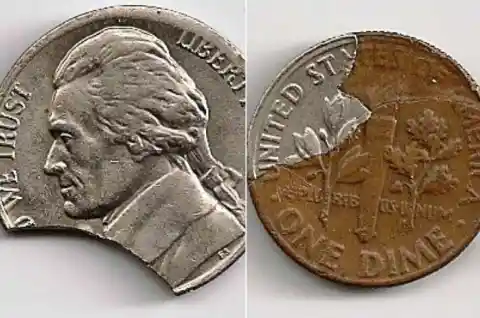
Many coin collectors spread the rumor that Henry Ford himself had promised to give a new car to anyone who was lucky enough to find one of the legendary copper coins. At the time, Don desperately wanted a car from Ford. And, even though the rumor was debunked, Don still held onto his coin. And now, 70 years later, the coin was finally on auction.
The Auction
The auction for Don Lutes Jr.’s penny took place at the Florida United Numismatics Convention in Orlando, Florida, on January 10, 2019. Bob Merrill from Heritage Auctions opened the bidding floor.
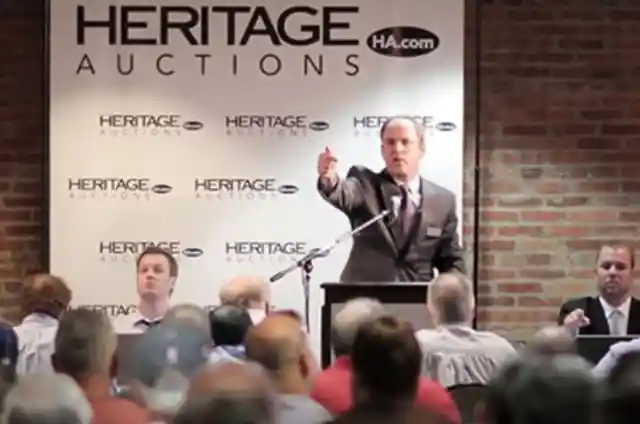
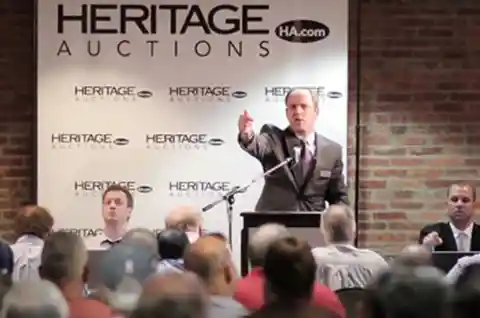
Sarah Miller, who also works at Heritage Auctions, said: “This is the most famous error coin in American numismatics and that’s what makes this so exciting.” Then, the bidding war began.
Bidding War
The opening bid starts and Peter Karpenski holds his breath. Suddenly, the bid climbs to $130,000 and a battle ensues. Two famous coin collectors bid fiercely against one another – neither backing down as the price of the Lincoln coin skyrockets.
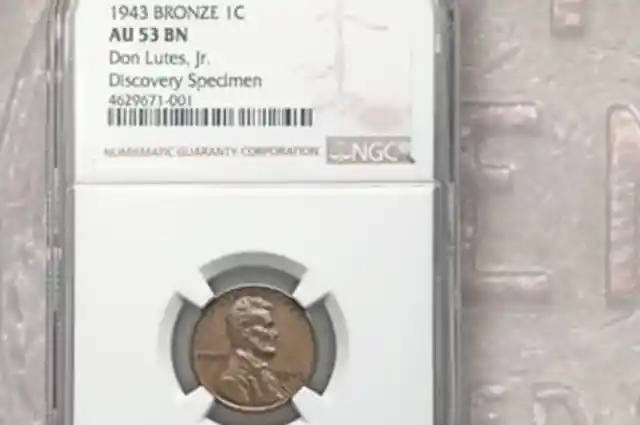
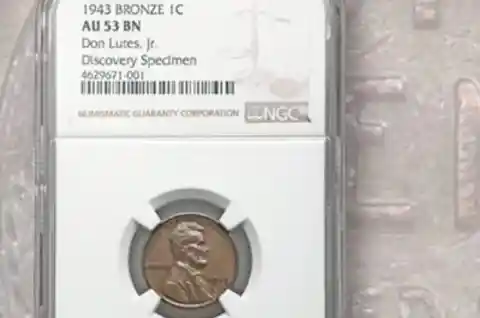
A pause. Then, one man steps up to the plate, raising the winning bid to take the penny home. His name was Tom Caldwell, and he had been collecting coins for most of his life…
Final Price
Tom Caldwell had founded Northeast Numismatics more than 50 years ago, and he had his eye on the prize. Bob Merrill confirms that he is the winner and the hall erupts in applause. But how much was the Lincoln penny worth to him?
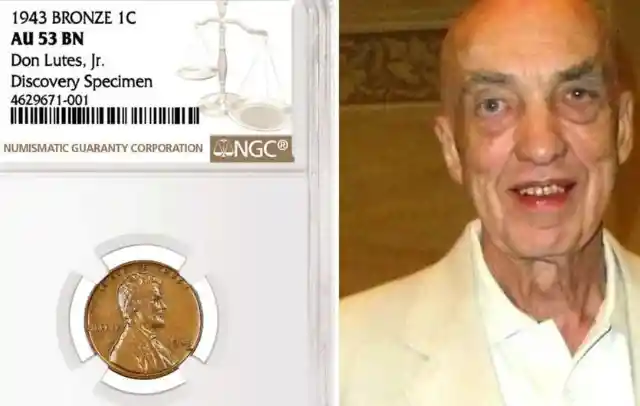
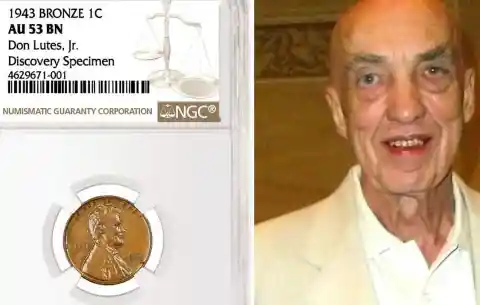
The winning bid was a staggering $170,000, and Tom Caldwell had to put in a 20 percent buyer’s premium. So, Don’s 1943 Lincoln penny ultimately sold for a whopping $204,000.
Don’s Wish
“I’m glad to bring it back to Massachusetts,” Tom Caldwell said. “We’ll keep it for a while. We’ll eventually sell it.”
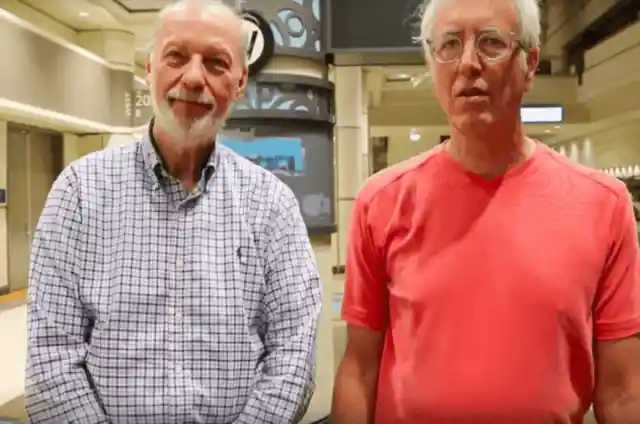
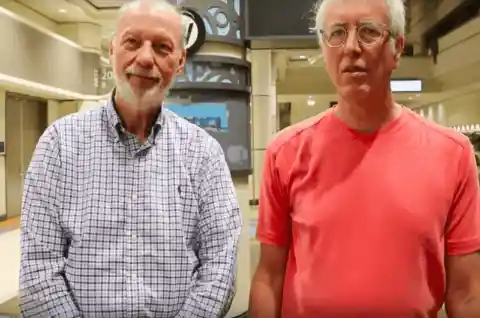
But Peter Karpenski, Don’s dear friend, was excited for another reason. “The proceeds are going to a local library in Pittsfield, Massachusetts,” he said happily. “That was Don’s wish.”
A Good Friend
Peter Karpenski was Dons best friend. They had been friends for many years and had a common interest in coin collecting. Over the years, Peter had always seen Don as his mentor and learned everything he knew about coins and minting from him.
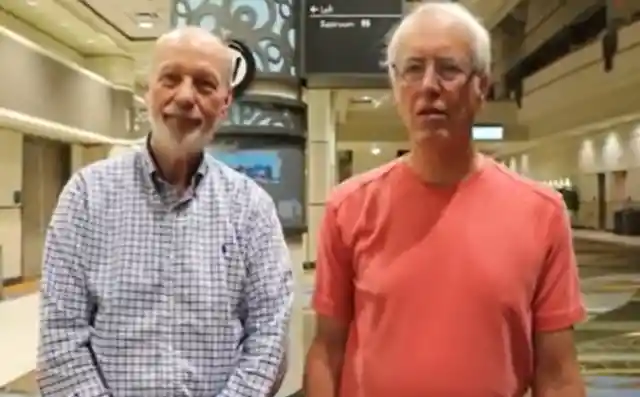
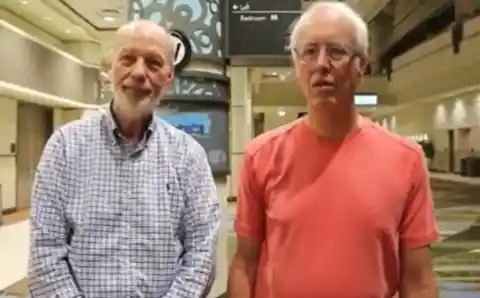
It was only fitting that Don left his treasured coin collection to his most valued friend. Peter was most humbled by this and vowed to keep Don's precious collection safe. He owned his own jewelry business and knew how to take care of these valuable items.
Professional Advice
Peter kept the coins in safekeeping for a few years as a sign of respect for Don. He knew deep down that his friend would want the wonder of the coins to be shared with everyone. This gave him a further idea.
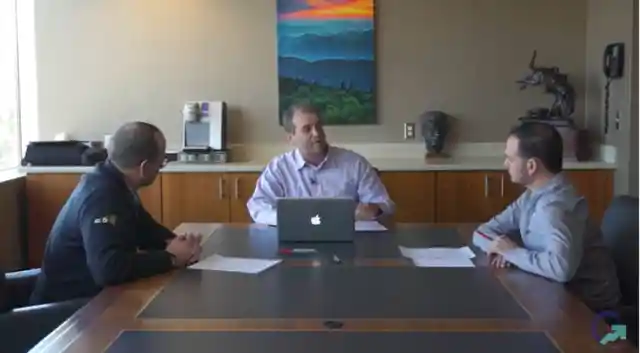
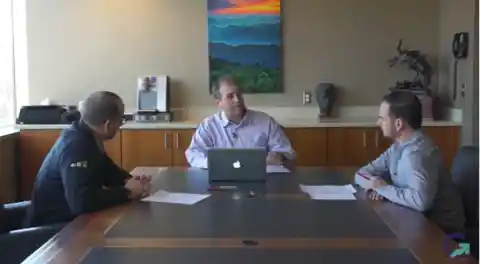
Peter contacted some professional coin experts to advise him on what to do next. The advisors told him that he indeed had a great collection and should hold on to them until the next coin auction where he would be sure to find a serious buyer.
A Tough Decision
Peter deliberated on this for some time and wondered whether it was the right thing to do. Perhaps he should donate the coins to the government National History Museum, then everybody could see them.
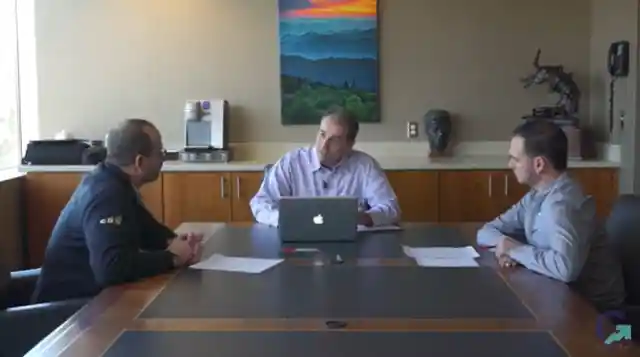
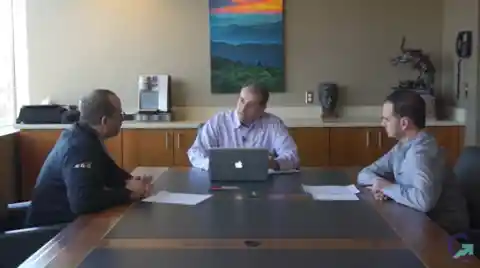
The advisors told him to take his time because he had a big responsibility left on his shoulders. He was torn between making a profit or making a difference. His heart was torn in memory of his old friend. What should he do?
More Advice
The confused man Peter decided to contact some of his trusted friends in the industry. He thought he would talk to them about it since it would probably end up being one of them who bought it.
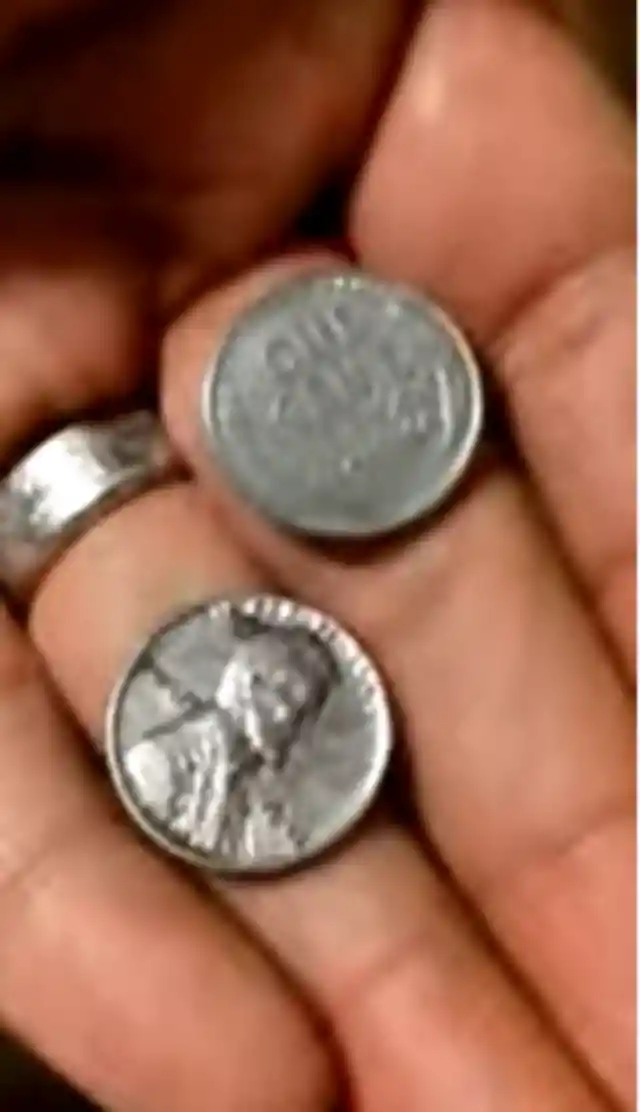
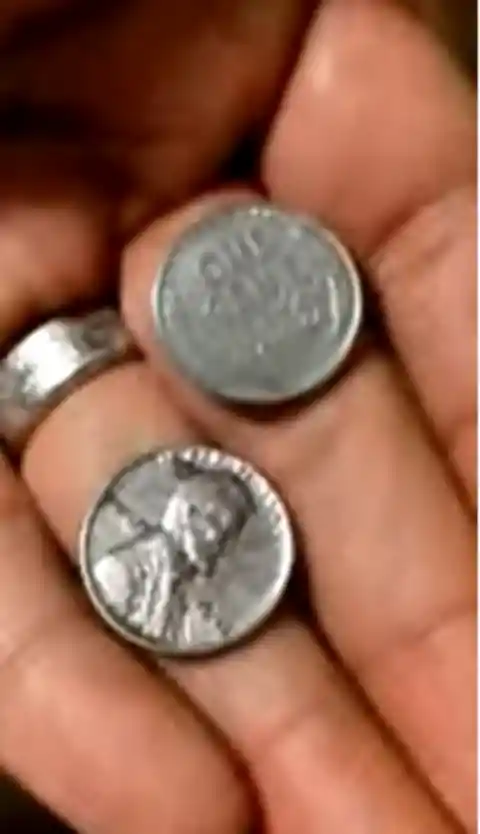
He called a meeting for the viewing of the special coins. The collectors were all excited to get a glimpse of the historical coin. Some offered to buy it right there and then but Peter politely declined. He was just testing the waters.
Some Interesting Information
As the group of collectors spoke about the mysteries of the coin they slowly passed the coin around so each could have a personal look and feel. One of the oldest collectors who had a special interest in Liberty Copper Coins held on to it for a minute.
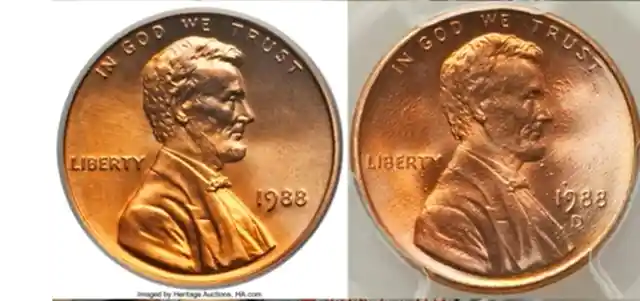
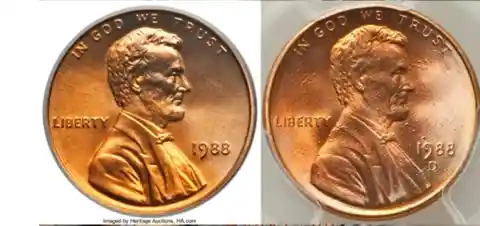
He told the group how to spot an original from a fake which came down to the Striking Marks visible on the coin. Indeed this coin was manufactured at the turn of the industrial revolution and held much more value than interesting historical facts.
The Liberty Coin
The Old collectors' amusing remarks struck a light in Peter's mind. He knew what he had to do. After hearing about what this coming went through just for production. He decided that he was not going to sell it after all.
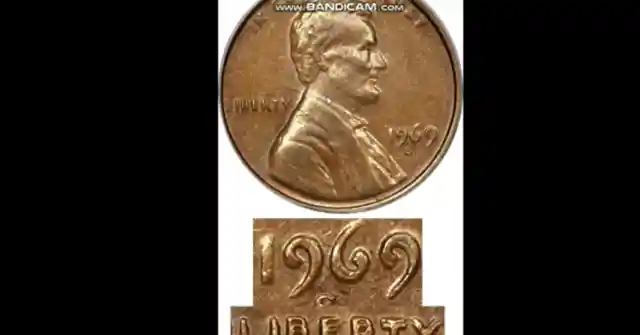
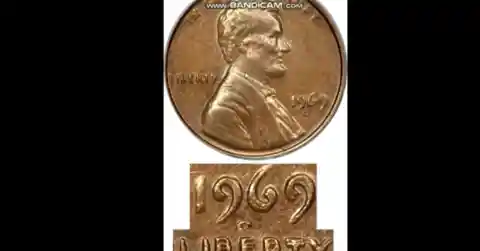
His friend had passed it on to him to keep the tradition of coin-collecting alive, if he gave it away to some big corporate what would happen to the essence of the hobby? He wouldn’t have it. This is what his passion was really about, his close group of coin-collecting friends and their passionate stories about the history of the American Dream.
In order to protect the privacy of those depicted, some names, locations, and identifying characteristics have been changed and are products of the author’s imagination. Any resemblances to actual events or places or persons, living or dead are entirely coincidental